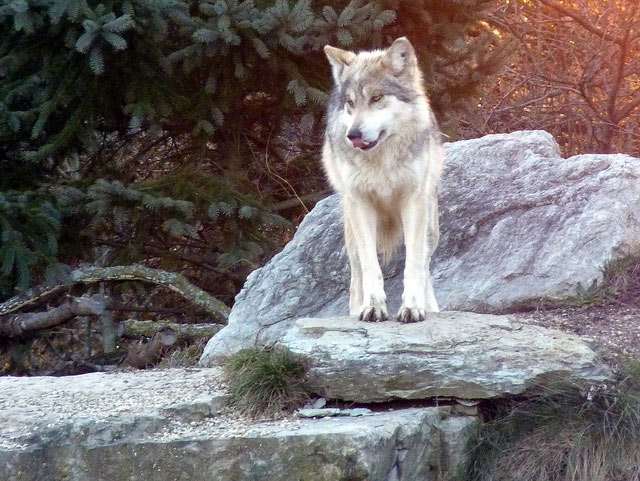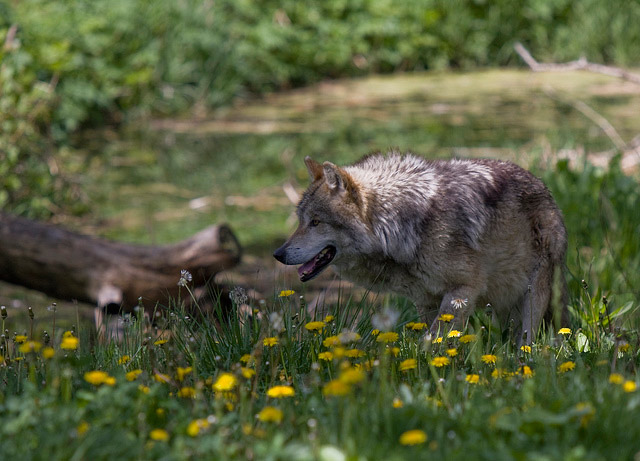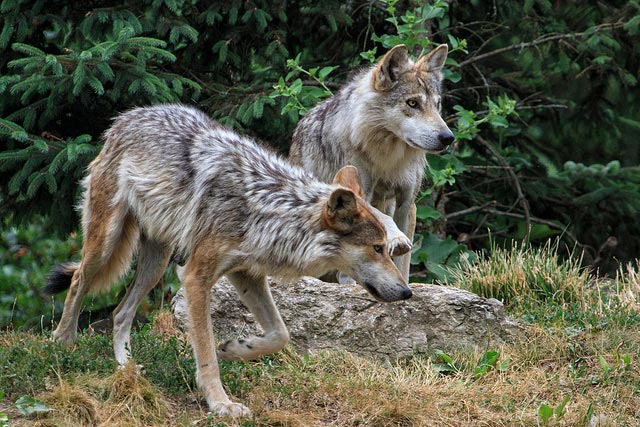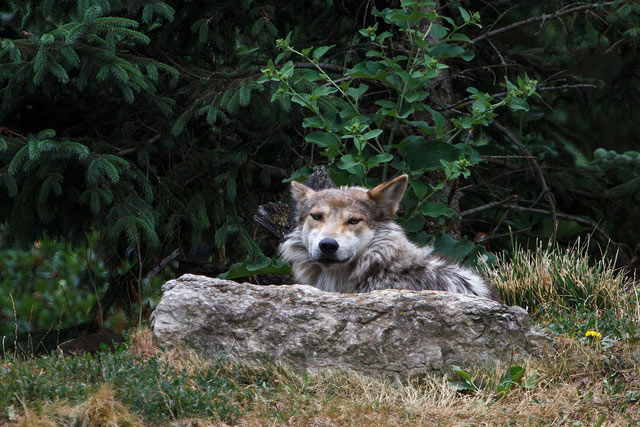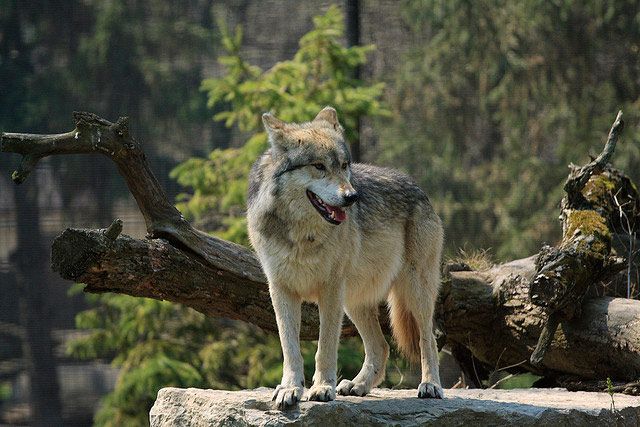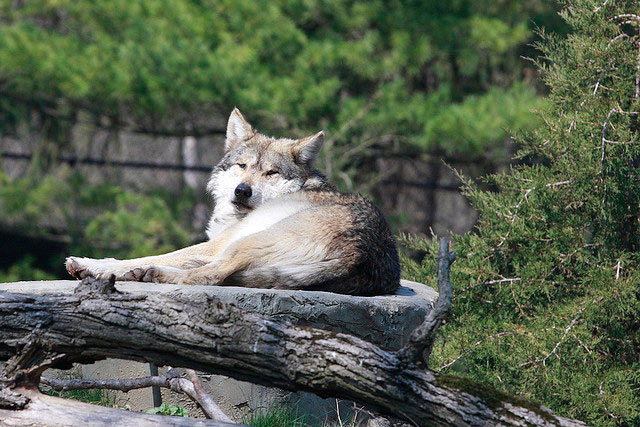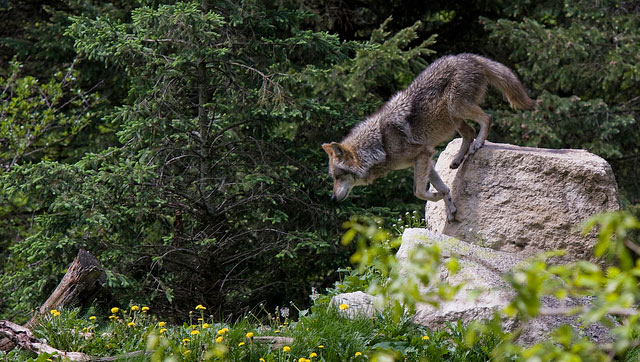Brookfield Zoo Wolf Heads for the Harsh Wilds of New Mexico
By JoshMogerman in News on Oct 27, 2012 9:00PM
Ernesta is moving today. She leaves a comfortable suburban home for a chance to learn survival skills in preparation for a very different life in the backwoods of New Mexico.
It sounds like a reality TV concept, but Ernesta is a wolf. And she exemplifies some of the important work going on at Brookfield Zoo, which has long been a leader in conservation efforts like the one Ernesta is supporting---preventing the extinction of Mexican gray wolves from their range in the American southwest.
She has been groomed for this day since she arrived in the western suburban zoo in 2010. Despite two million visitors tromping through the park every year, Ernesta and the other Mexican gray wolves are handled in a way that minimizes human contact. Everything from the sightlines of their enclosure, to their very limited interactions with zookeepers, is intended to prevent the wolves from becoming used to humans. Humans have not been very good to Mexican wolves, wiping out the population and then taking a significant toll on the lobos that have been reintroduced to Arizona and New Mexico since 1998. Despite a lot of effort, only 58 of the highly endangered animals remain in the wild.
And if Ernesta is going to add to those numbers, she will have to learn some more skills that will keep her alive. Before going out into the wild, Ernesta heads to the Fish & Wildlife Service’s Wolf Management Facility at the Sevilleta National Wildlife Refuge near Socorro, NM where she will learn what it takes to make it on her own. Most importantly, that means learning to hunt the right kind of prey. At Brookfield Zoo, she ate elk and deer, while receiving aversion therapy to beef. Avoiding cows is the first step in avoiding trouble---a tough lesson learned by a Mexican gray yanked out of the wild this week for gobbling livestock. The captured wolf is lucky to be going to a new home in a conservation center; others in the region have simply been gunned down, trapped or poisoned.
Even though Mexican grays are rarer and genetically distinct from other wolf species in North America, their problems are not unique---wolves are controversial all over the country. Conflicts between ranchers and wolves have created a massive policy battle in the Northern Rockies, where wolves were reintroduced in the 1990’s and eliminated from Federal protections by way of policy language slipped into last year's federal budget. And here in the Upper Midwest, management plans for wolves in Michigan, Wisconsin and Minnesota have been controversial since those populations were removed from the Endangered Species List last year. But criticisms of the re-introduction plan, not to mention the level of anger and fear around the wolves in the Southwest, has led to significantly more political strife, conflict and fear from the locals---as reported by Denver Post:
“That fear of wolves is most apparent in one southern New Mexico county where local officials have built cages at bus stops for children to wait in if wolves are spotted in the area.”Ernesta has gotten plenty of prep from Brookfield Zoo, with more to come in her temporary New Mexico home where she will find a mate before heading out into the harsh, high-elevation backwoods where she is meant to run. We wish her luck in her new digs. The Mexican gray wolf population needs her, as does the out of whack ecosystem she will eventually be joining. We are glad the zoo was able to help.
